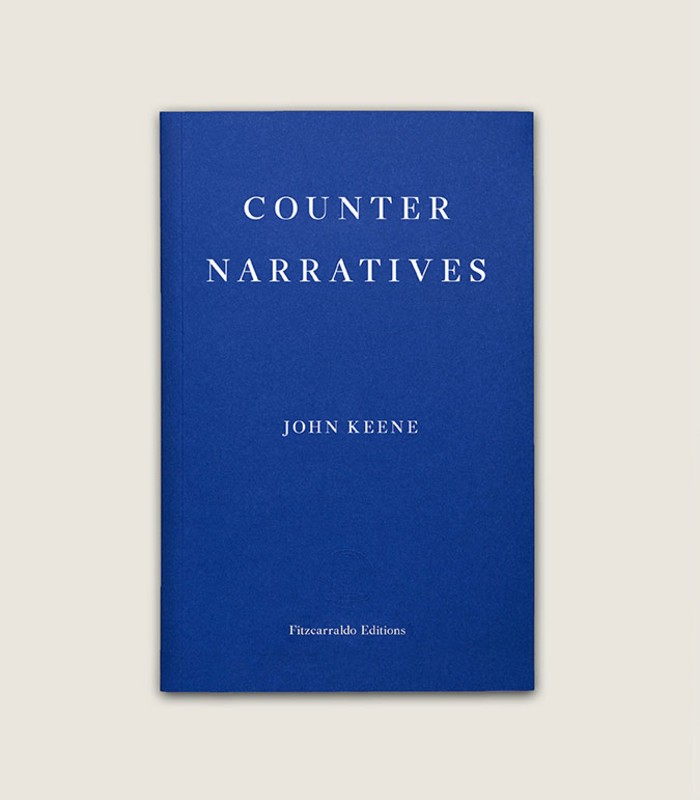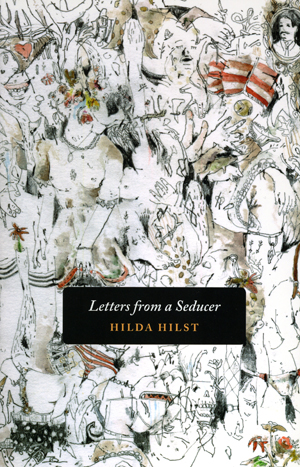 The first involved reading and taking notes on the book, Abdellah Taïa's Une mélancolie arabe (Seuil 2009, Taïa at left, from thehumpdaycrew.blogspot.com), which hasn't been translated into English yet. (One of his earlier books, L'armée du salut is now available in English as Salvation Army. If I had the time, I'd be willing to attempt it.) Taïa's French fortunately is fairly straightforward and contains little slang, so getting through the book wasn't hard. Moreover, the novel, though sometimes exasperating in its protagonist's sentimentality and self-dramaticization, was nevertheless engagingly provocative and broached a lot of issues that would serve further discussion. The second involved constructing an argument in relation to the journal issue's theme, which was the Théâtre de la Cruauté, which I read as referring directly back to the original version proposed by French visionary playwright and activist Antonin Artaud (1896-1948). I'd read a little of Artaud's work before, and enough about him, primarily I believe via Susan Sontag, and I knew something about his successors, such as Peter Brooke, to have a general idea of what his two manifestos on the Theater of Cruelty were saying, but I figured I ought to read the actual texts themselves, in basic scholarly fashion, before I began trying to tease out a relationship between Taïa's novel and Artaud's ideas. I did so, first in French and then in English, to make sure I wasn't misunderstanding them, and what struck me as always was the slippage in meaning between the original and the translation, though the gist remains. In Artaud's case, I think the gist is what's most important, since he was trying to get away from texts in and of themselves, towards a more experimental, gestural and visual theatrical experience, one in which a deeper metaphysics, and thus, he believed, an authenticity, might be accessed.
The first involved reading and taking notes on the book, Abdellah Taïa's Une mélancolie arabe (Seuil 2009, Taïa at left, from thehumpdaycrew.blogspot.com), which hasn't been translated into English yet. (One of his earlier books, L'armée du salut is now available in English as Salvation Army. If I had the time, I'd be willing to attempt it.) Taïa's French fortunately is fairly straightforward and contains little slang, so getting through the book wasn't hard. Moreover, the novel, though sometimes exasperating in its protagonist's sentimentality and self-dramaticization, was nevertheless engagingly provocative and broached a lot of issues that would serve further discussion. The second involved constructing an argument in relation to the journal issue's theme, which was the Théâtre de la Cruauté, which I read as referring directly back to the original version proposed by French visionary playwright and activist Antonin Artaud (1896-1948). I'd read a little of Artaud's work before, and enough about him, primarily I believe via Susan Sontag, and I knew something about his successors, such as Peter Brooke, to have a general idea of what his two manifestos on the Theater of Cruelty were saying, but I figured I ought to read the actual texts themselves, in basic scholarly fashion, before I began trying to tease out a relationship between Taïa's novel and Artaud's ideas. I did so, first in French and then in English, to make sure I wasn't misunderstanding them, and what struck me as always was the slippage in meaning between the original and the translation, though the gist remains. In Artaud's case, I think the gist is what's most important, since he was trying to get away from texts in and of themselves, towards a more experimental, gestural and visual theatrical experience, one in which a deeper metaphysics, and thus, he believed, an authenticity, might be accessed.A challenge that arose out of this one was vocabulary, and in particular, the difficulty of selecting certain words that had differing shades of meaning in the two languages, or that did not exist at all in French. To give one example, French has two words for knowledge, la connaissance (from connaître, to know someone, to be familiar with, from the Latin cognoscere, to know, akin by root to English to know, but also the noun, ken, a vista) and le savoir (from savoir, to know something, know how, from the Latin sapere, to taste of, have the scent of, be wise, discern, akin to the English words "savor" and "savory," both of French (Norman) provenance) At several points, I had to decide that it was la connaissance, based in part of la reconnaissance (recognition) that the protagonist Abdellah had gained, rather than le savoir, even though my initial tendency was often to choose the latter term, in part because of past readings of Michel Foucault (such as his 1988 interview, titled "Le Gai Savoir," for example, with its ironic, double-entendre riff on Nietzsche). Abdellah's knowledge is a knowledge of himself, rather than a learning or a knowing how, though when the latter is salient, I use the latter term.
Then there are English words for which there are no direct French equivalents (and vice-versa, of course, such as double-entendre, which English imported wholesale). French, from what I could tell, does not have an exact term for awe, one of the emotions produced by the sublime (or the Kantian sublimes to be exact). French has words that combine fear and reverence (la crainte, fear, apprehension from the verb craindre, to fear, be apprehensive about, being one), and astonishment (l'étonnement, astonishment, surprise, quite close to English), but not one that captures the melding of the two. So I used a compound term, la crainte mêlé d'admiration, which doesn't exactly capture the condensed power of "awe," but approaches it. But then it wasn't so much the response generated by the sublime as the recognition in life of sublimity creating a deeper sense of our mortality and the consequent sense of the aesthetic and the ethical that I was after, so the exact translation was less important, perhaps, especially since the sublime is le sublime and the ethical and ethics are both l'éthique in French.
All of which is to say that I have finished the French essay (or at least a draft), sent it off to the editor, and now have a deepened appreciation for anyone who does this sort of thing regularly, as well as for Taïa's book and the French language. When the essay is published, if there's a link, I'll provide it, so that you can read it yourself. And perhaps I'll send it to Abdellah Taïa as well.
***
I should add that reading the In & Out of Amsterdam show catalogue, which picked up after the show, I learned that the Stedelijk Museum in Amsterdam, that city's major venue for 20th century art and one of my favorites, was a key institutional site in the trans-Atlantic late 1960s conceptual revolution, much as MoMa, in its earlier years, had been for a much earlier generation of artists. I also hadn't known that it was MoMa's legendary black curator, Kynaston McShine (what a name!), whose 1970 "Information" show introduced conceptual art as a major contemporary trend, and later curated shows on Marcel Duchamp, Robert Rauschenberg, Joseph Cornell, and Andy Warhol, among others. He is still there, now as Chief Curator at Large, and co-curated the 2007 40-year-retrospective show of sculptor Richard Serra's work. Some photos and a video.
The explanatory plaque
The bulletins on display
A Daniel Buren striped strip--seeing this made me smile with glee. Buren once covered large sections of the interior of the uptown Guggenheim Museum with these, and also placed them all about Paris, London, and other sites. This is the first time I'd ever seen one up close.

Lawrence Weiner piece
David Robilliard drawings (the ones on the right show Gilbert and George)
And a video of David Askevold's "Catapult" (1970), Super8 film transferred to video
And, as I said, I passed the parade, so here's a photo:






No comments:
Post a Comment